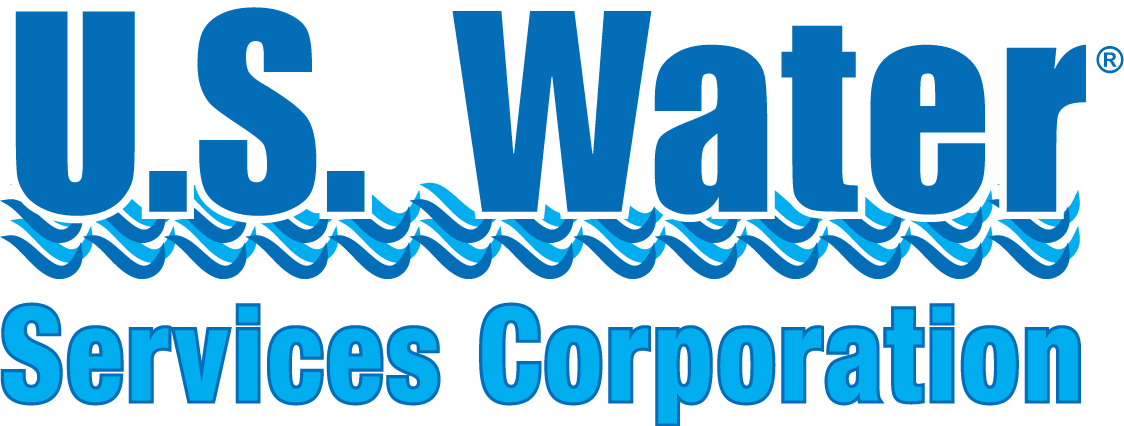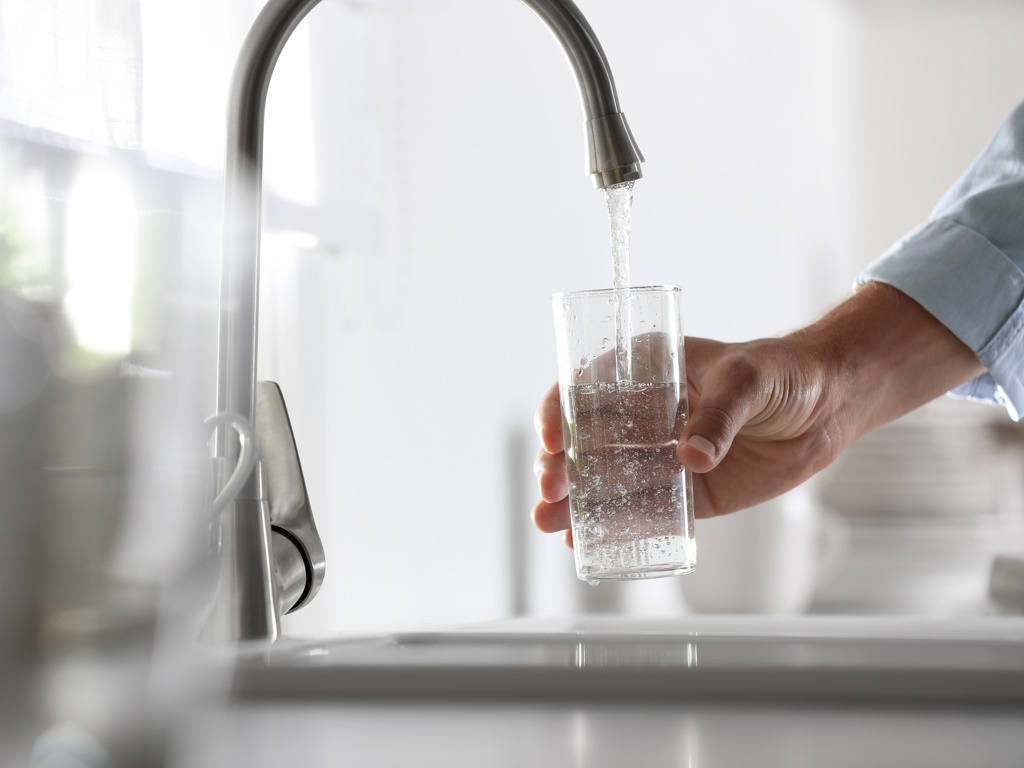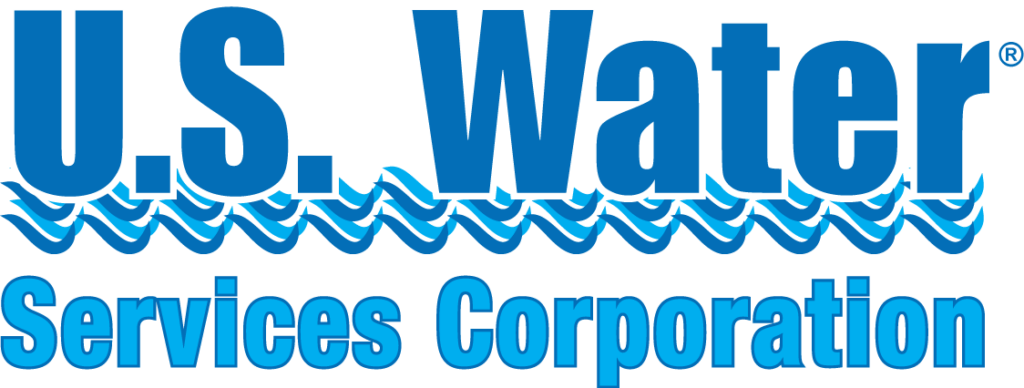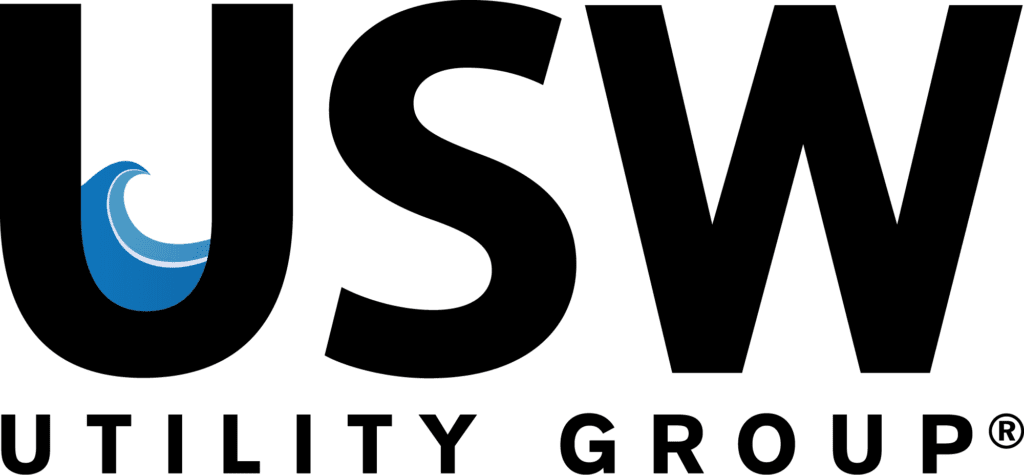What are PFAS Substances?
PFAS, short for per- and poly-fluoroalkyl substances, have been making headlines for several years now. These persistent synthetic compounds are used in a variety of industrial and consumer products, including non-stick cookware, water-repellant clothing, and firefighting foams. They have been in use since the early 1940s and have earned the nickname “forever chemicals” because of their ability to persist in the environment for a long time.
There are approximately 650 variations of PFAS chemicals, some of which have been studied in depth. Scientists and toxicologists now believe that some of these compounds can lead to health problems, such as decreased fertility, developmental delays, and increased risk of certain types of cancers.
A National PFAS Standard
The presence of PFAS in drinking water has been a growing public concern, leading many states to set their own limits while the federal government developed a PFAS Strategic Roadmap for 2021-2024, outlining specific actions that the United States Environmental Protection Agency (USEPA) plans to take.
On March 14, 2023 the Biden-Harris Administration announced its proposal for the first-ever national drinking water standard for six of the per- and poly-fluoroalkyl substances, in the latest action under the PFAS Strategic Roadmap. This proposal aims to prevent thousands of deaths and reduce tens of thousands of PFAS-related illnesses. The proposal includes:
- Regulation of two PFAS compounds: PFOA and PFOS as individual contaminants with a Maximum Contaminant Level (MCL) of 4 parts per trillion (ppt) each.
- Regulation of four other PFAS chemicals: PFHxS, PFNA, PFBS, and HFPO-DA (commonly called GenX) as a mixture. For these chemicals, water systems would use an established approach called a hazard index calculation to determine if the combined levels of these PFAS pose a potential risk. This mixture will be assessed using a hazard index MCL set to 1.0 (unitless).
What’s Next?
If finalized, the proposal will require public water systems to monitor for these chemicals and maintain water quality with PFAS levels below these MCLs. It will also require public water systems to notify the public and reduce PFAS contamination if levels exceed the proposed regulatory standards.
According to the American Water Works Association (AWWA), more than an estimated 5,000 water systems will have to develop new water sources or install and operate advanced treatment. Another 2,500 water systems in states with existing standards will need to adjust existing PFAS treatment systems. Advanced drinking water treatment systems for PFAS will require communities to make significant investments. A recent study conducted by Black & Veatch on behalf of AWWA estimated the national cost for water systems to install treatment to remove PFAS to levels required by USEPA’s proposal will exceed $3.8 billion annually.
The federal timeline is to seek public comment on the proposed rule with a 60-day comment period once the proposed rule is published in the Federal Register. A public hearing is scheduled to be held on May 4, 2023. USEPA has projected that the rule will be finalized near the end of 2023 or early 2024. Once the rule is finalized, drinking water systems will have three years from that date to comply with the new MCLs.




